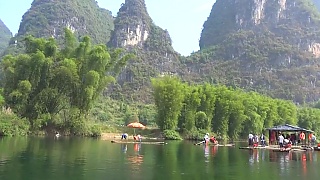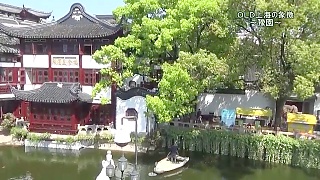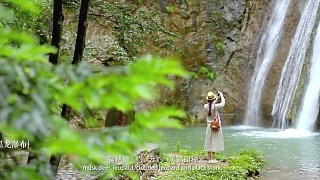In Hunan province, central east China.
[640],shadow=true,start=,stop=
Live more ...
 Exploring the beautiful ZhangJiaJie 张家界 nature reserve
Exploring the beautiful ZhangJiaJie 张家界 nature reserveIn Hunan province, central east China.
[640],shadow=true,start=,stop=

|
Beautiful scenes from GuangXi province ...
|

|
With Hussein Askary and The Geopolitics In Conflict Show ...
|

|
Including the Forbidden City, the Great Wall of China and JingShan Park.
With Seiu Travel ...
|

|
YuYuan Garden ...
XinTianDi ...
NanJing Road ...
The Bund (WaiTan) ...
|

|
A trip to the wonderful, natural getaway of JinSi Xia (JinSi Canyon), ShaanXi province in central China ...
|

|
Bonus film - big city Hong Kong trip ...
|

|